Check Out Our Infographic On Mercury Here: http://astronomyisawesome.com/infographics/10-facts-about-mercury/
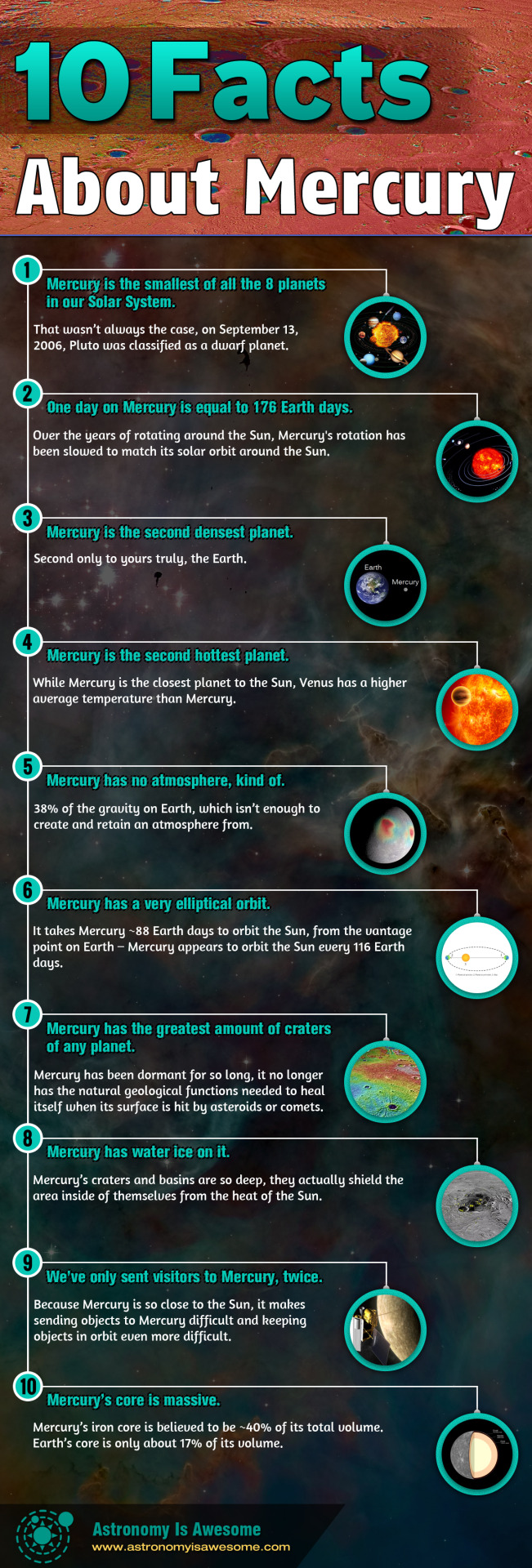
Check out our Infographic on Mercury here: http://astronomyisawesome.com/infographics/10-facts-about-mercury/
More Posts from Smartler and Others



For a moment, that black and white photo should seem like a full color image. (You have to keep both the image and your head very still).
This illusion was used in the new BBC Four series Colour: The Spectrum of Science.
It demonstrates a phenomenon called “cone fatigue.” When we stare at the purple hillside in picture above, photoreceptors in our eyes called cones are stimulated. They send a signal to our brains that says “You’re looking at something purple.” But the sensing ability of those cones decreases the longer we stare at the image - those receptors are, in a way, temporarily used up.
Then when we look at the black and white image, those same cones can’t detect any purple light. Instead they sense the color that remains: green.

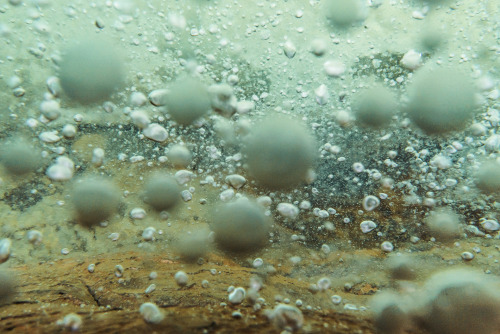




Geologist Andrés Ruzo first heard about the boiling river as child, but it was always thought of as mythical. It was considered “a place of spirits.” But when Ruzo’s aunt insisted a boiling river existed in Peru, he set out to find it. Now, Ruzo is the first scientist to be given the blessing of the local shaman to study the boiling river. Ruzo talks about the mysterious nature of the boiling river on the latest episode of the TED Radio Hour.
HE TALKED TO ME





NDT just murdered B.o.B.
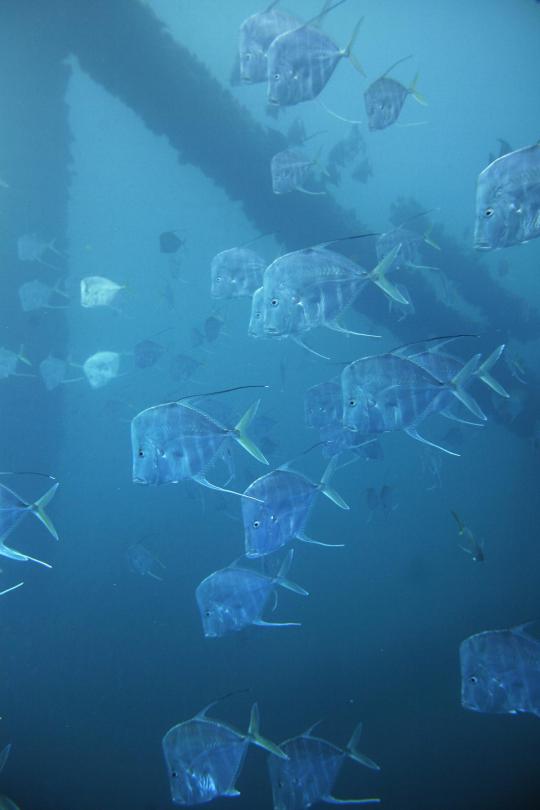
Scientists have solved a longstanding mystery about how some fish seem to disappear from predators in the open waters of the ocean, a discovery that could help materials scientists and military technologists create more effective methods of ocean camouflage.
In a paper published this week in Science, a team led by researchers at The University of Texas at Austin reports that certain fish use microscopic structures called platelets in their skin cells to reflect polarized light, which allows the fish to seemingly disappear from their predators.
Polarized light is made up of light waves all traveling in the same plane, such as the bright glare you sometimes see when sunlight reflects off the surface of water.
Under the surface of the water, light tends to be polarized. Many fish—and sophisticated modern satellites—have the ability to detect variations in such polarized light.
“Fish have evolved the means to detect polarized light,” said Molly Cummings, professor of integrative biology in the College of Natural Sciences. “Given that, we suggested they’ve probably evolved the means to hide in polarized light. If we can identify that process, then we can improve upon our own camouflage technology for that environment.”
Whether it’s a predator pursuing a fish or a satellite seeking an adversary, light patterns help with detection of targets in the the open ocean in three ways: through brightness contrast, color contrast and polarization contrast. Of the three, polarization contrast is considered most effective for detection in the open ocean.
Continue Reading.





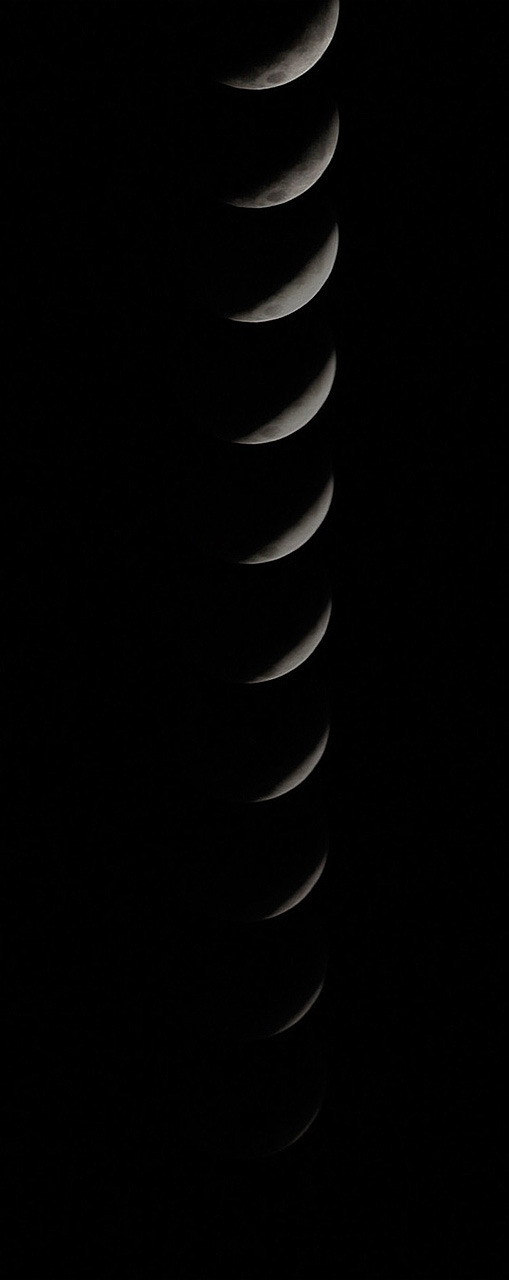


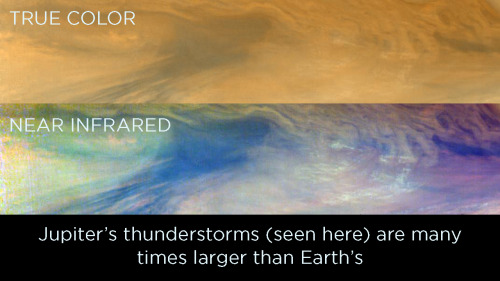
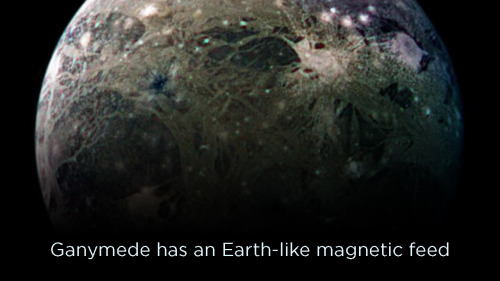
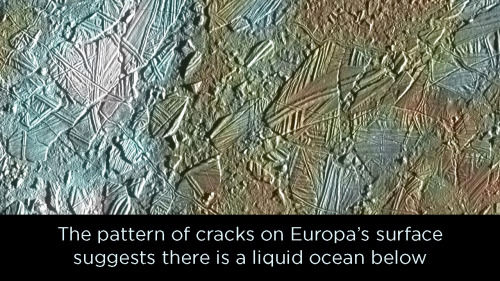

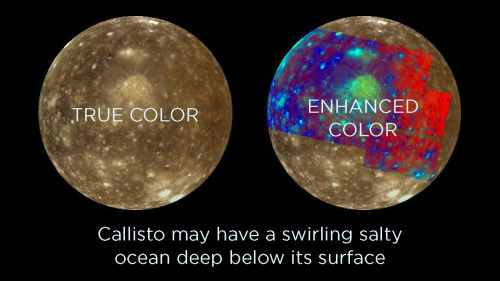
Galileo became the first spacecraft to orbit Jupiter on December 7, 1995. For years it gathered incredible images and data. As Galileo began to malfunction and lose power, NASA decided to destroy it intentionally, avoiding the possible transfer of Earth bacteria onto any of Jupiter’s moons via an accidental collision. The probe slammed into Jupiter on September 21, 2003 traveling more than 100,000 miles per hour.





The laws that keep space from spiraling out of control into a political war zone










Portraits of Children Around the World and Where They Sleep
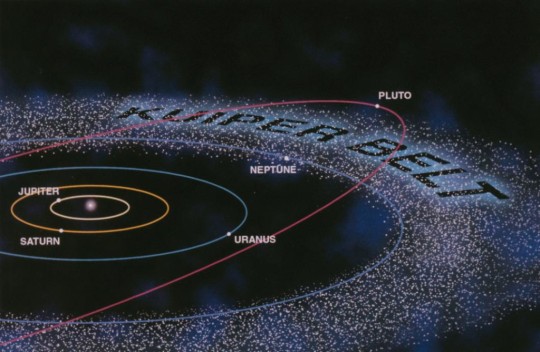
oldie but goodie
-
 ineedspacex-blog reblogged this · 9 years ago
ineedspacex-blog reblogged this · 9 years ago -
 ruinsofcrosskeys liked this · 9 years ago
ruinsofcrosskeys liked this · 9 years ago -
 aaronwatershow reblogged this · 9 years ago
aaronwatershow reblogged this · 9 years ago -
 kakeru1 liked this · 9 years ago
kakeru1 liked this · 9 years ago -
 ekomancer liked this · 9 years ago
ekomancer liked this · 9 years ago -
 faelyn315-blog liked this · 9 years ago
faelyn315-blog liked this · 9 years ago -
 whattheworldisreallylike-blog reblogged this · 9 years ago
whattheworldisreallylike-blog reblogged this · 9 years ago -
 insaneasylumbreakout reblogged this · 9 years ago
insaneasylumbreakout reblogged this · 9 years ago -
 lizhonghui16-blog liked this · 9 years ago
lizhonghui16-blog liked this · 9 years ago -
 shadowsnightmares liked this · 9 years ago
shadowsnightmares liked this · 9 years ago -
 countessofsnark reblogged this · 9 years ago
countessofsnark reblogged this · 9 years ago -
 vlad2184 liked this · 9 years ago
vlad2184 liked this · 9 years ago -
 pankakos reblogged this · 9 years ago
pankakos reblogged this · 9 years ago -
 howstrangethemusicsoundstome reblogged this · 9 years ago
howstrangethemusicsoundstome reblogged this · 9 years ago -
 howstrangethemusicsoundstome liked this · 9 years ago
howstrangethemusicsoundstome liked this · 9 years ago -
 boyinretrograde liked this · 9 years ago
boyinretrograde liked this · 9 years ago -
 lovelyvibesz reblogged this · 9 years ago
lovelyvibesz reblogged this · 9 years ago -
 denebskies reblogged this · 9 years ago
denebskies reblogged this · 9 years ago -
 jackinese reblogged this · 9 years ago
jackinese reblogged this · 9 years ago -
 golden-dragon99 liked this · 9 years ago
golden-dragon99 liked this · 9 years ago -
 shrimperini liked this · 9 years ago
shrimperini liked this · 9 years ago -
 mooneyezstargazer liked this · 9 years ago
mooneyezstargazer liked this · 9 years ago -
 spaceisinsane reblogged this · 9 years ago
spaceisinsane reblogged this · 9 years ago -
 stan90802 liked this · 9 years ago
stan90802 liked this · 9 years ago -
 iblearning-blog reblogged this · 9 years ago
iblearning-blog reblogged this · 9 years ago -
 iblearning-blog liked this · 9 years ago
iblearning-blog liked this · 9 years ago -
 hedminreg liked this · 9 years ago
hedminreg liked this · 9 years ago -
 karmynelord-blog liked this · 9 years ago
karmynelord-blog liked this · 9 years ago -
 kaffeeistgutja reblogged this · 9 years ago
kaffeeistgutja reblogged this · 9 years ago -
 nooninoona reblogged this · 9 years ago
nooninoona reblogged this · 9 years ago